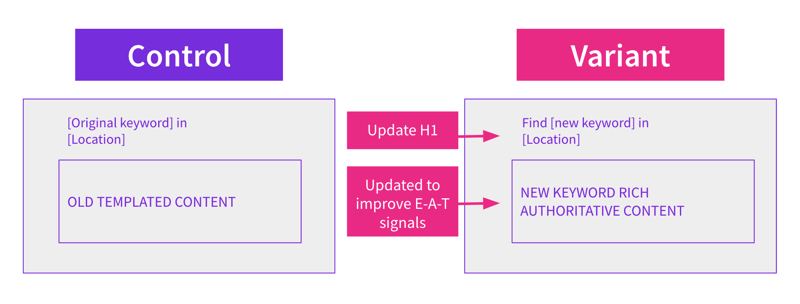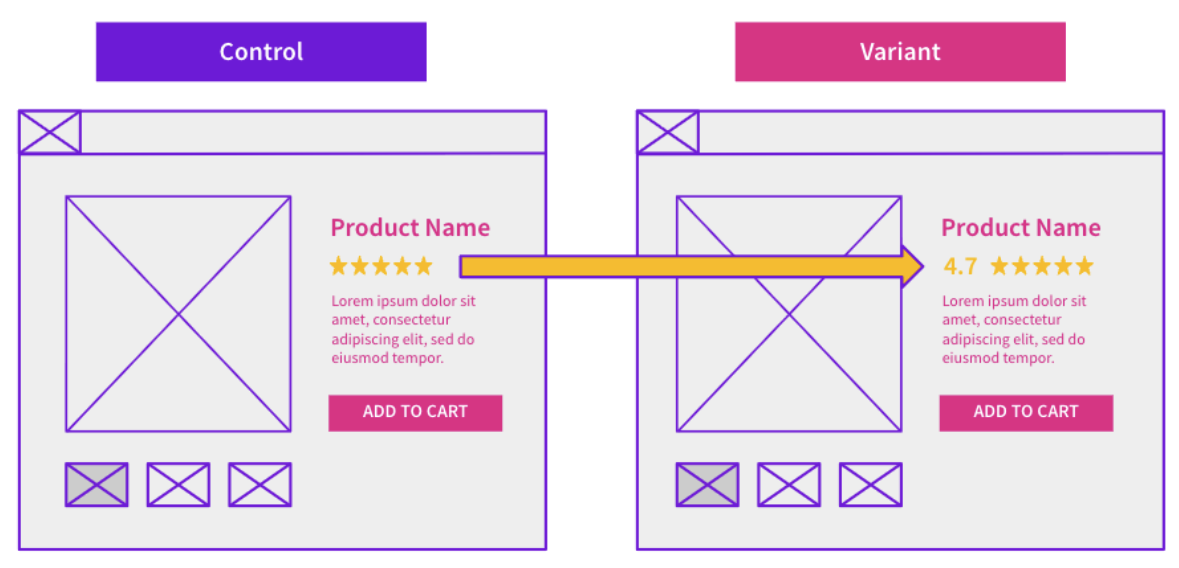Start here: how our SEO split tests work
If you aren't familiar with the fundamentals of how we run controlled SEO experiments that form the basis of all our case studies, then you might find it useful to start by reading the explanation at the end of this article before digesting the details of the case study below. If you'd like to get a new case study by email every two weeks, just enter your email address here.
On this week’s #SPQuiz, we looked at how updating the H1 and the introductory copy can affect SEO performance for a company’s local pages. The changes would emphasize language around service quality, with the aim of improving E-A-T signals. How did this impact organic traffic?
We previously ran this same test for the same customer, which provided inconclusive results. We decided to rerun the test to see if the results would differ, resulting in a positive outcome.
How did this impact organic traffic?
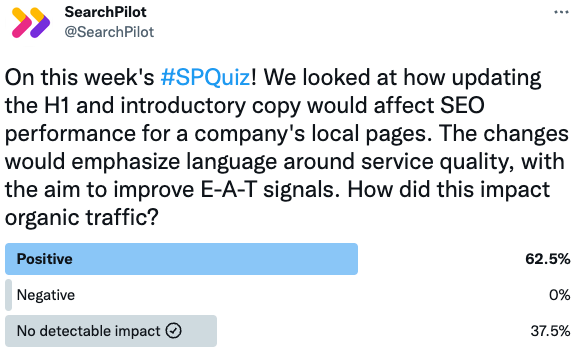
About two-thirds of our followers thought that this change would have a positive impact on their organic traffic. The remaining votes were for no detectable impact. Those who voted that this change would have no detectable impact were correct!
To learn more, read the full case study below.
The Case Study
In this case study, we are working with a customer in the care-focused industry who was interested in testing the effect of changing the H1 text and informational text would have on search engine rankings and conversions for their location pages. This test was also run as a full-funnel experiment because the customer expected this to impact key conversion metrics. The metric they wanted to test involved form fills and chats.
In an effort to improve this website’s E-A-T signals (Expertise, Authoritativeness, and Trustworthiness), and understanding Google’s Helpful Content Update, we know there should be a focus on people-first content with an emphasis on quality and if the content is valuable to a reader. If text is of lower quality or written more for search engines, it can hinder organic search performance or even be exceeded by a more engaging version. The hypothesis was that, in testing new introductory copy and H1 text, the pages might better address customers' concerns and increase the conversion rates for their specified metrics. The H1 text was updated to include a call-to-action and higher volume keywords to try and capture additional organic sessions.
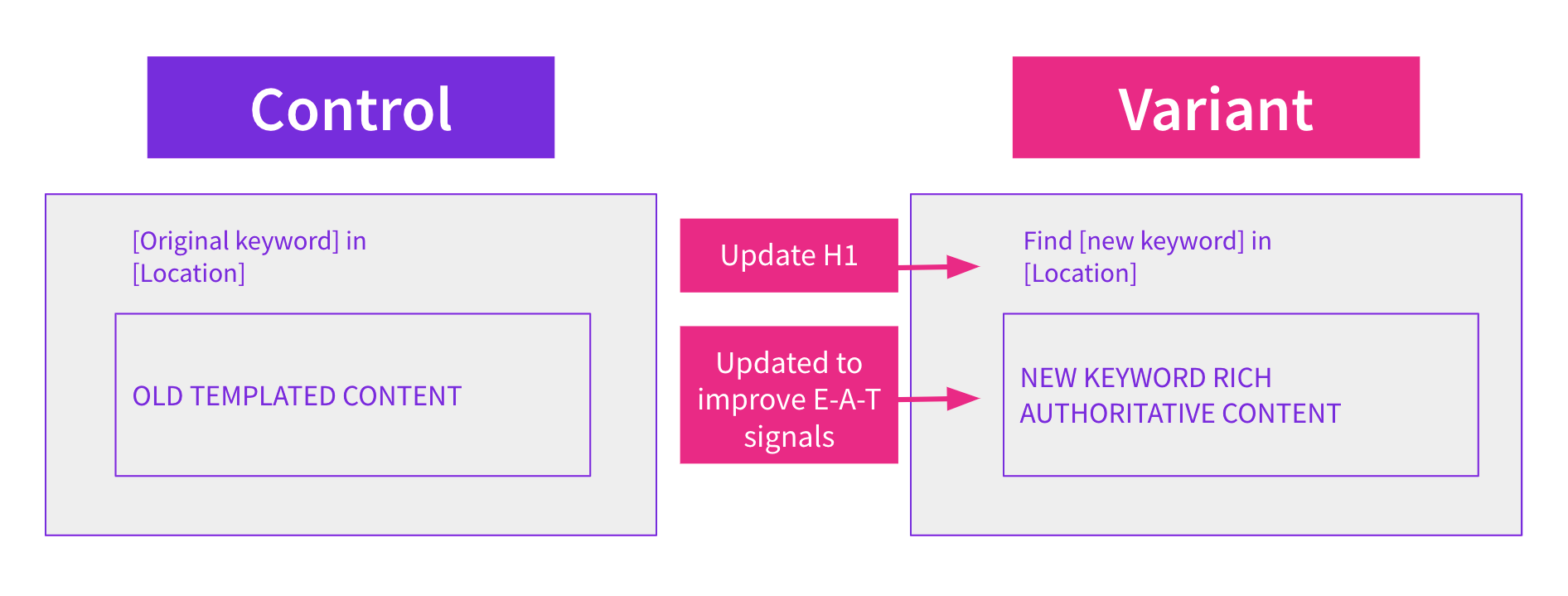
These types of changes can sometimes feel risky and often have surprising results. That’s why testing both SEO and CRO is so important. Displaying new copy may entice users to stay on the page longer or increase conversions, but it can also negatively impact if higher-volume keywords are modified or removed. By testing both, we can get the net impact on conversions and make an informed decision about the entire funnel.
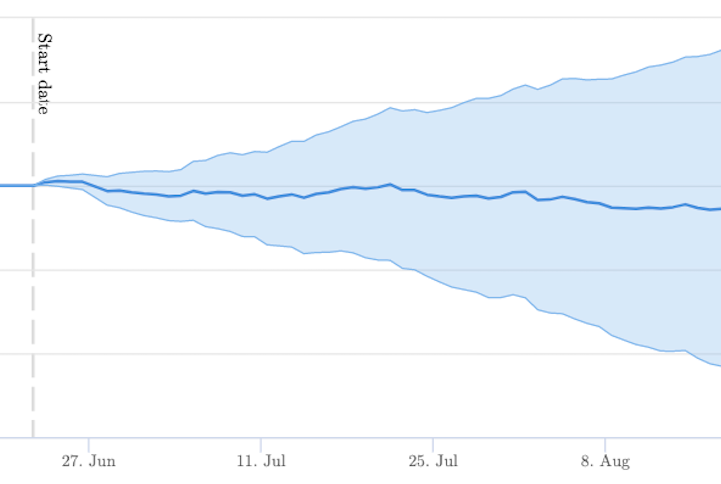
The test to update the introductory copy and H1 on the location pages had no detectable impact on organic traffic. The conversion rate engagement metrics for this test were also primarily inconclusive. However, on mobile, there was a positive impact for some metrics. Mobile users engaged with the chat feature and form submission boxes more often on pages where our changes were deployed. Conversion metrics for form fills and chat inquiries were unchanged for desktop users. Ultimately, this customer decided not to implement the change to their website because the slight benefits on mobile did not justify the overall cost.
How our SEO split tests work
The most important thing to know is that our case studies are based on controlled experiments with control and variant pages:
- By detecting changes in performance of the variant pages compared to the control, we know that the measured effect was not caused by seasonality, sitewide changes, Google algorithm updates, competitor changes, or any other external impact.
- The statistical analysis compares the actual outcome to a forecast, and comes with a confidence interval so we know how certain we are the effect is real.
- We measure the impact on organic traffic in order to capture changes to rankings and/or changes to clickthrough rate (more here).
Read more about how SEO testing works or get a demo of the SearchPilot platform.
